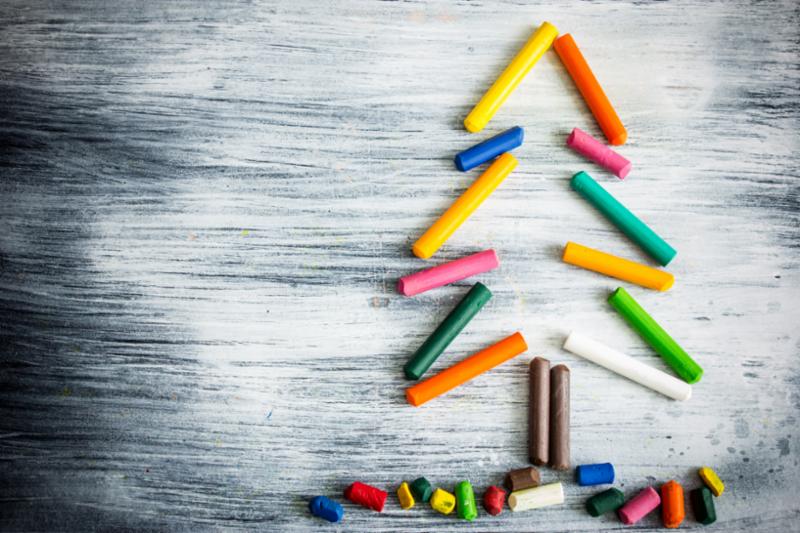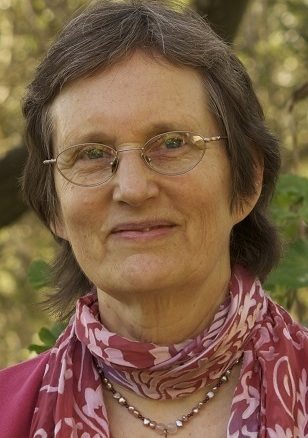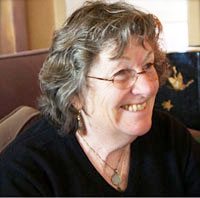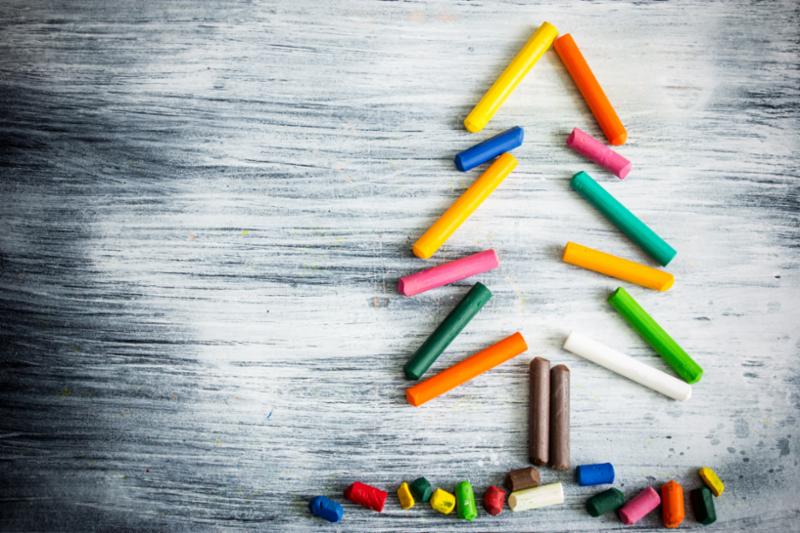 This Self & Child Observation and Imagination Exercise is divided into two parts. The first part involves reflection and writing to foster imaginative thinking. You may do the first part as a means towards greater imagination in your relationship with your child and stop there. The first part is also the preparation for the second part, which involves drawing and creative writing. The second part should enhance and deepen your imaginative thinking in parenting.
This Self & Child Observation and Imagination Exercise is divided into two parts. The first part involves reflection and writing to foster imaginative thinking. You may do the first part as a means towards greater imagination in your relationship with your child and stop there. The first part is also the preparation for the second part, which involves drawing and creative writing. The second part should enhance and deepen your imaginative thinking in parenting.
For Part 1 you will need a few pages of writing paper and a pen or pencil. For Parts 1 and 2 you will need several pages of writing paper, a pen, a piece of unlined drawing paper and some beeswax crayons or other art media.
PART ONE
Think about a challenging aspect of your relationship with your child. Take out paper and pen and describe what happens between you and your child in this situation. Be complete. This may take five minutes, or longer.
Take a few deep breaths, get up and move around. Now sit down and write what you feel about this situation: your feelings about yourself, your child, and your interactions in this situation. Keep going until you are finished, don’t leave anything out. Then write about what you want and what you need that is or is not happening in this situation. Give yourself time to write everything you are wanting and needing. Then write your thoughts about the situation: your thoughts about yourself, about your child, about the interaction you are studying. Make sure you spend enough time on each aspect — your feelings, your wishes and needs, your thoughts.
Take a few deep breaths, get up and move around again. Now sit down and imagine that you are your child, exactly as he or she is at this time in life. Write about what you think your child might be wanting or wishing in the situation you are studying, as if you are your child, that is, in your child’s “voice”. Then write about what you think your child might be needing, then what he or she may be feeling. Finally write what beliefs she may have (about you, herself, life in general) from her experience in this situation you are studying–always in your child’s “voice.” Take your time; be complete.
If you are not going on to Part 2, here are some questions to ponder when you come to the end of this writing and reflection. If you are going on to Part 2, skip these questions for now.
*Where do these reflections lead you? What do you see about your own pattern of reactivity to this situation? Is there something that you could change or work to heal that would improve your relationship to your child? How could you handle this situation differently?
*How does understanding your child’s deeper wants, wishes, needs, feelings and beliefs shed light on your right action as his or her parent? What new steps can you take to help the situation you are studying in order to benefit your child and your relationship?
PART TWO
Now take out the drawing paper and crayons. Choose a color that attracts you and begin to make a movement with the crayon on the paper. You are working here with color and gesture, not with an idea. Let the color and gesture grow in size or intensity until it satisfies you, then add other colors and movements. You may begin to see something recognizable; go ahead and fill in what you see, creating a picture. If you do not see anything recognizable, let it be simply a color/gesture design. Go on with this until you feel satisfied or finished. Then take out a piece of writing paper and write a poem that describes what you see in the picture. This is just for you, no need to be self-conscious about what it sounds like or whether it rhymes. Just let the feeling of the picture be expressed in the words of the poem.
When you have finished, take a few deep breaths, get up and move around. Then sit down, close your eyes and focus on your child. See your child before you in your mind’s eye. Notice the details of your child’s physical self. Notice also your child’s range of characteristic feelings. Notice what is unique and special about her, even her “shortcomings.” Then let go of your focus on your child. Let an empty space come before your mind’s eye. When you have an empty space before you, ask your imaginative eye to open and help you see a picture or symbol to represent your child. An image may or may not pop into the empty space right away. You may be surprised or even shocked by what appears. If nothing appears, you can repeat the exercise again, preferably before going to sleep. You may see or hear an answer to the question you are posing to your own imagination over the course of the next few days.
Once you have an image or symbol to work with, let yourself focus on the image whenever you are with your child and also at other times. See if you can find a meaning for the image, but don’t force the process. You might discuss it with other adults who know you and your child. Working with this image or symbol is likely to begin a process within you so that you slowly or suddenly realize that you know more clearly what your child needs from you. You may also reflect on the questions at the end of Part 1 to foster more imagination in your parenting.


